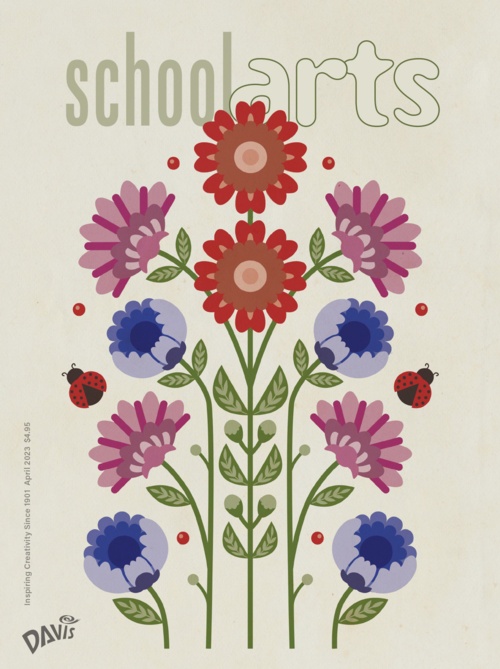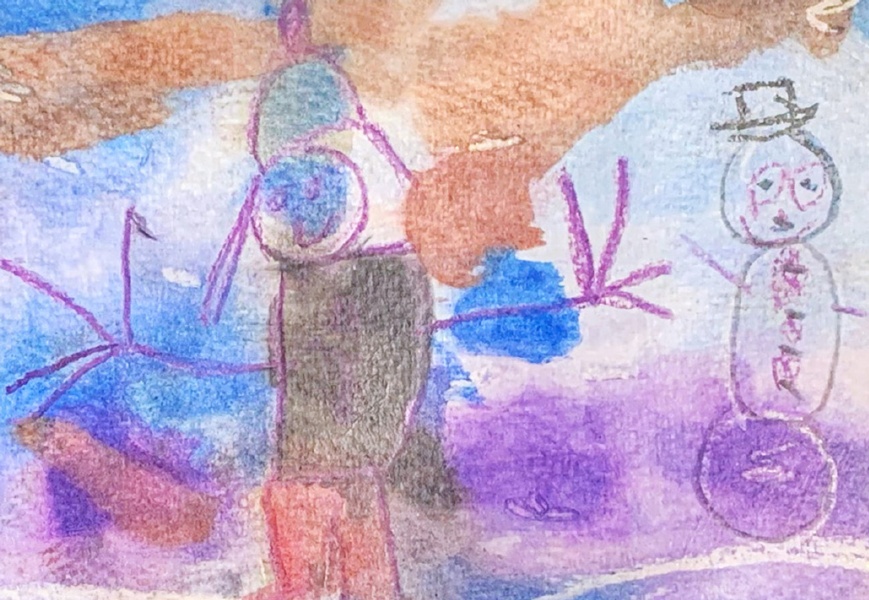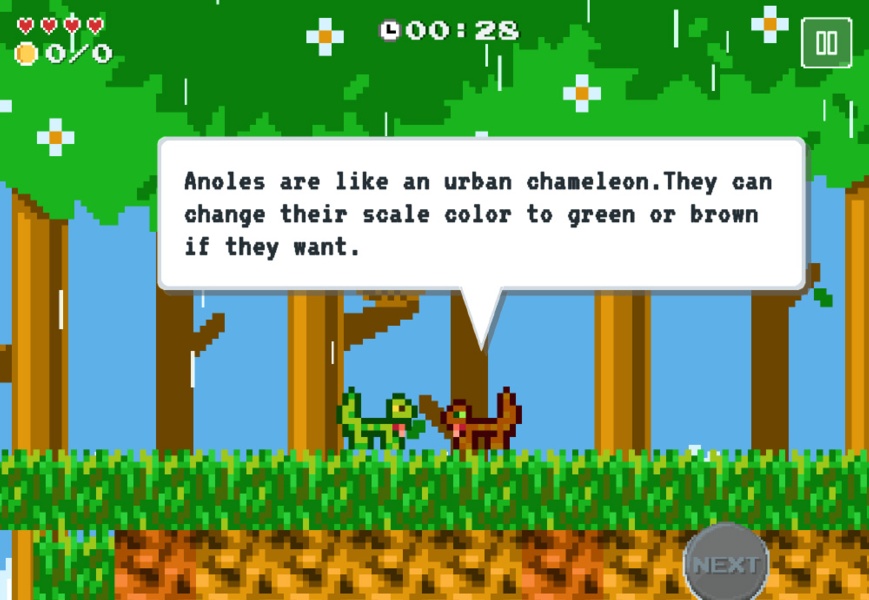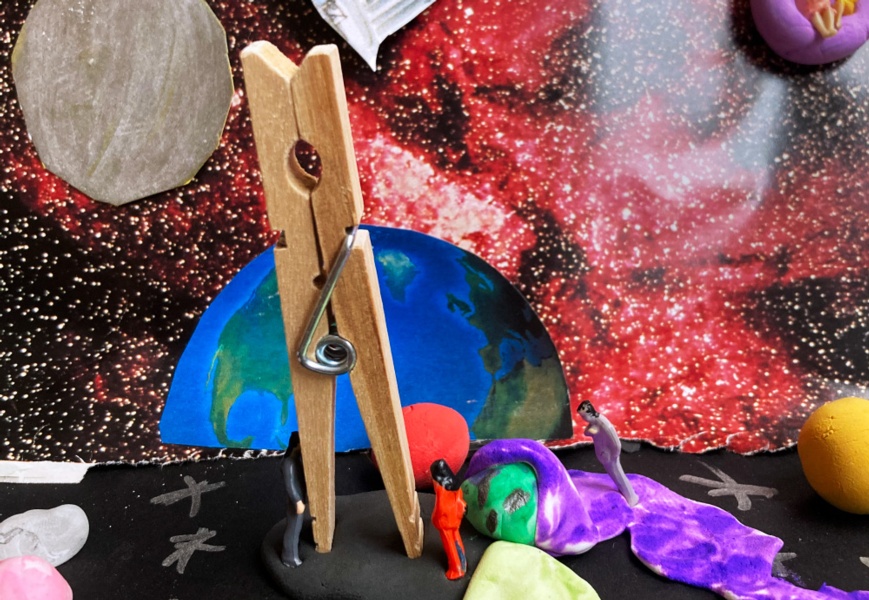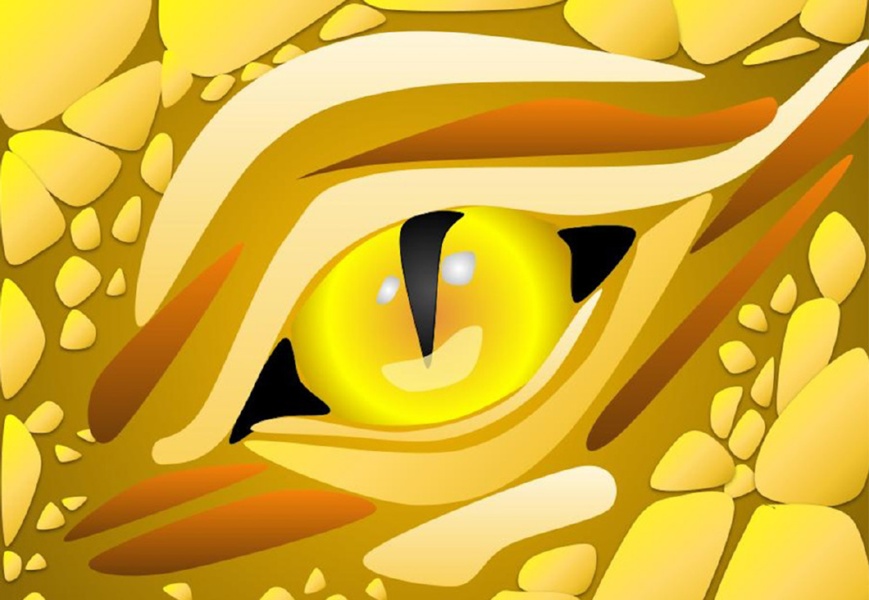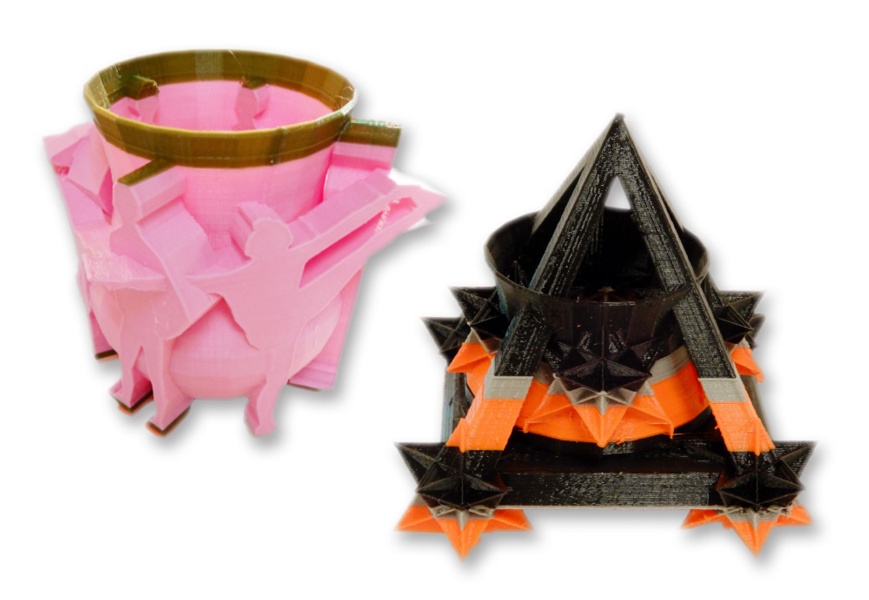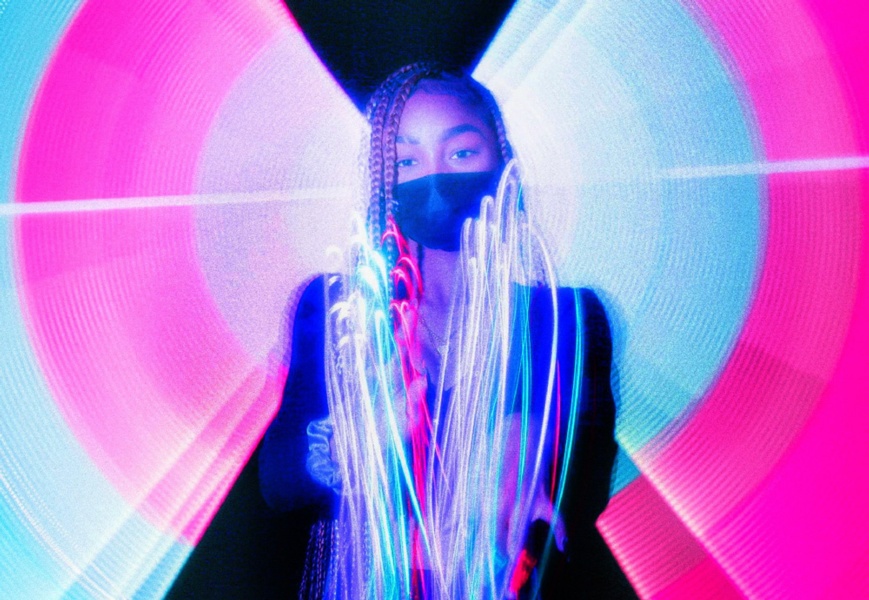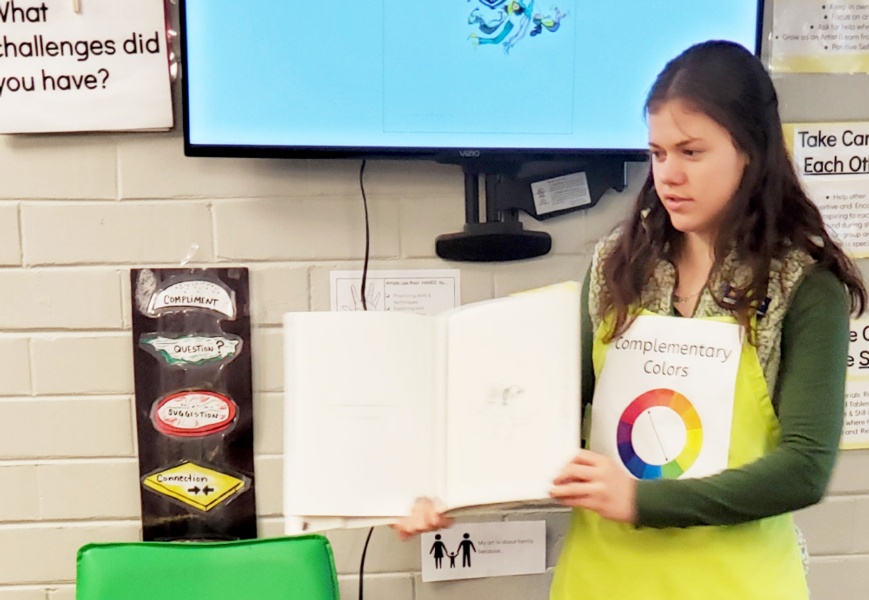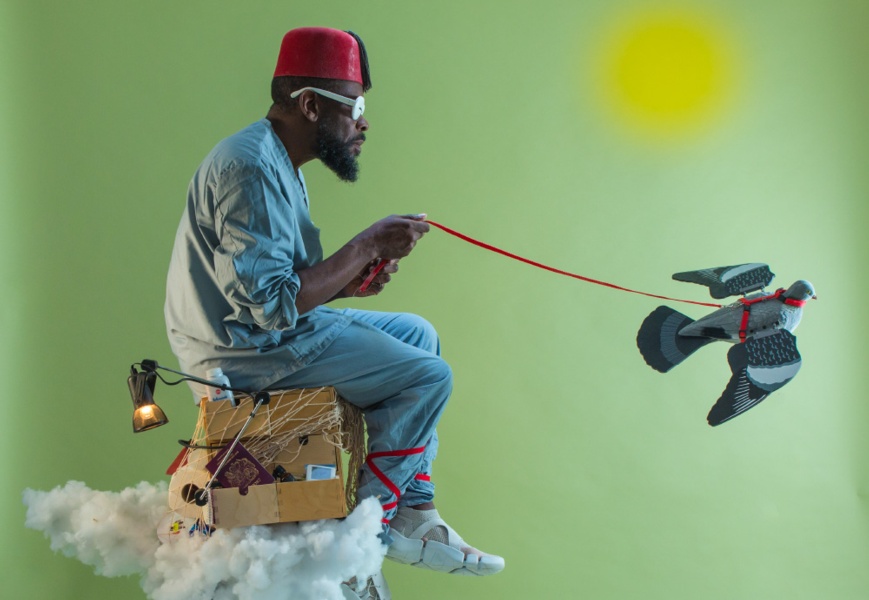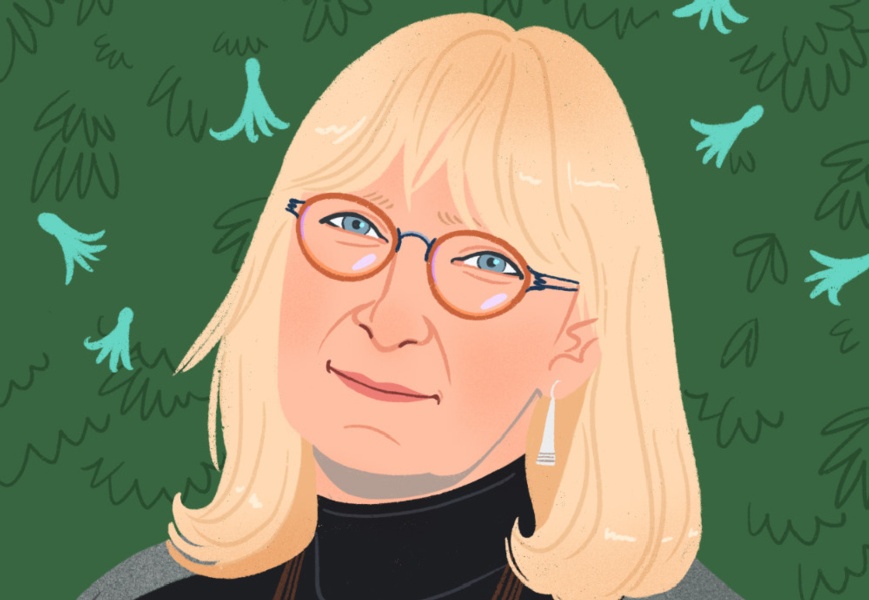
Editor’s Letter: Media Arts
These days, media arts include digital design, website design, virtual reality, 3D printing, robotics, digital photography and film, animation, and game design. Why teach media arts? Your students live in a digital world that is incredibly engaging to them. Why not take advantage of that engagement by teaching media arts?
Read Article
